What took so long? Anne of Green Gables seems like perfect fodder for a musical, but I don’t think there’s been a successful version. One apparently premiered at Vassar and has toured regionally, but has not played New York. There are other versions, too.
But the one I saw today, curiously renamed Bend in the Road, well, it might be on its way. The New York Musical Theatre Festival gives three weeks to new shows, and this one certainly has its fans, given the whistles and enthusiastic reception for each number.
The casting, the tone and the book are all just right. This Anne is just how you’d picture her and has a huge, but sweet voice. The Matthew and Marilla are Broadway vets, both with soulful voices, as is the Diana. It’s perfect family fare.
The show has issues though. I think the music is bland and won’t stand on its own. It works in context, but I’d like at least one hummable song to take home. With a better second act (including a strong number) that can approach the fizzy first, this one has potential. Despite my critique, I was enchanted and charmed, as I always am with Anne. I wish this version a healthy future.
My vote for best musical though (admittedly, I saw only two this year) is Castle Walk. I was swept off my feet by the behind-the-scenes story of the Astaire-Rogers film “The Story of Irene and Vernon Castle.”
Milton Granger, who wrote the book, music and lyrics, has captured the verve, flair, grace, and romantic froth of the American Songbook. Unlike Anne’s show which started with a strong book and had no stand-out songs, this one is filled with gem after memorable, luscious gem.
True to the Castles and Astaire, the dancing also tells the story. For the first time in a long time, I wanted to be on stage with them all, feeling the swoop of the waltz, the rhythm of the fox trot, the sensuality of the tango. I could sense a little soft shoe in my feet, too.
I wonder if a show this old-fashioned feeling could have a future. Certainly, all ages in the audience slurped the show up. But NYMF is fueled by its groupies. What do you think?



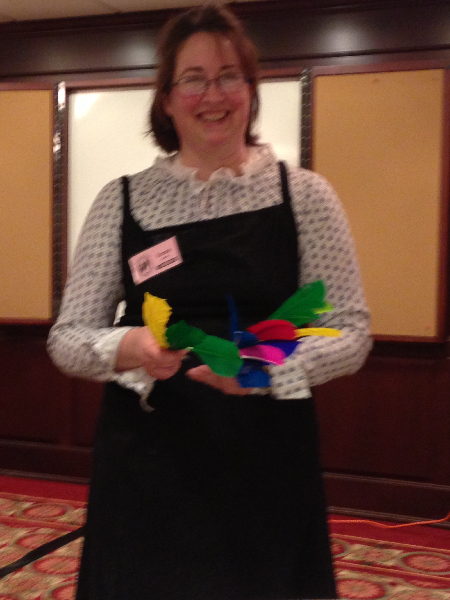
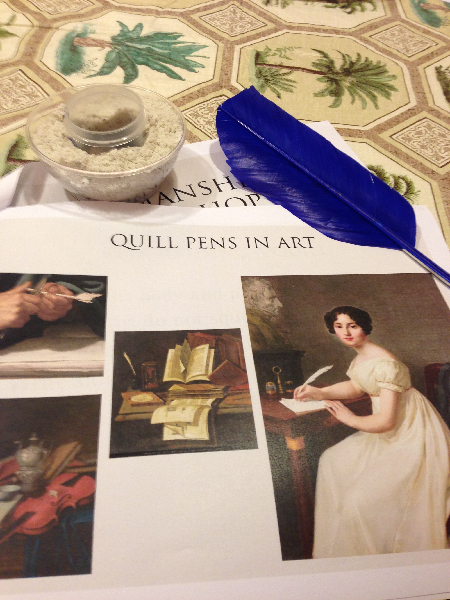
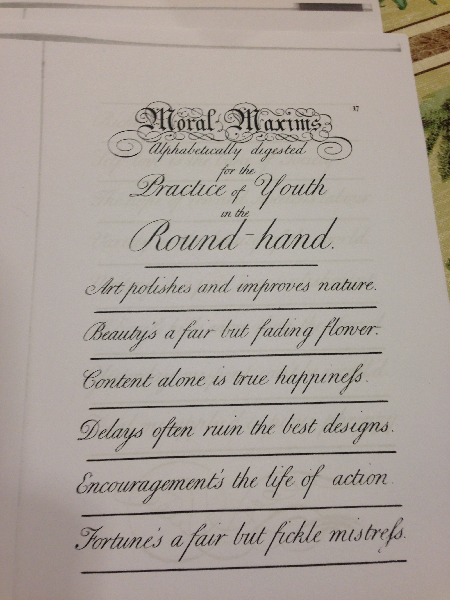
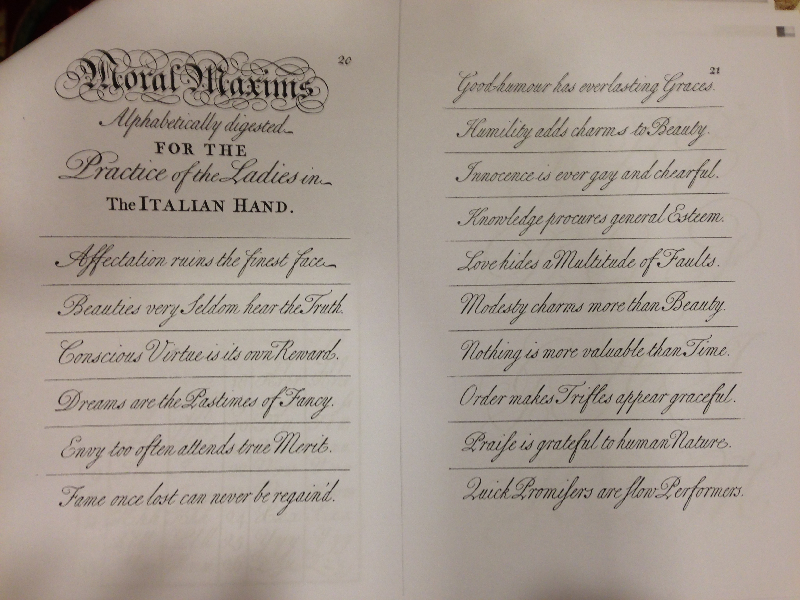
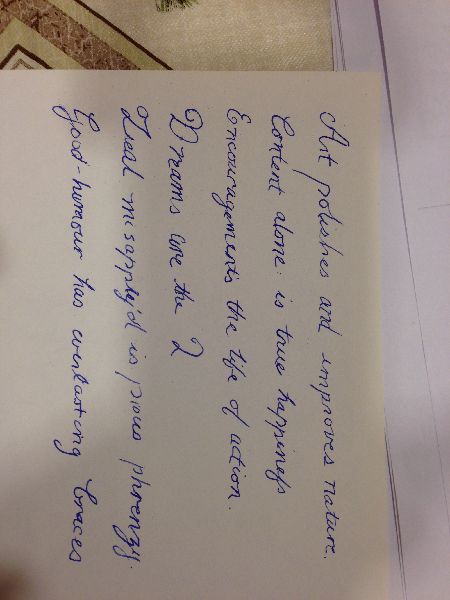
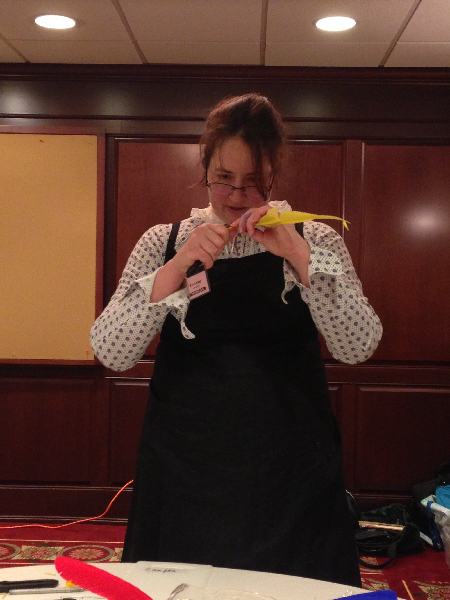
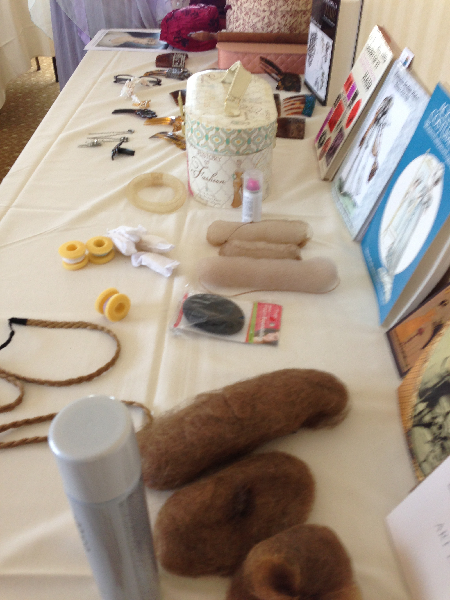
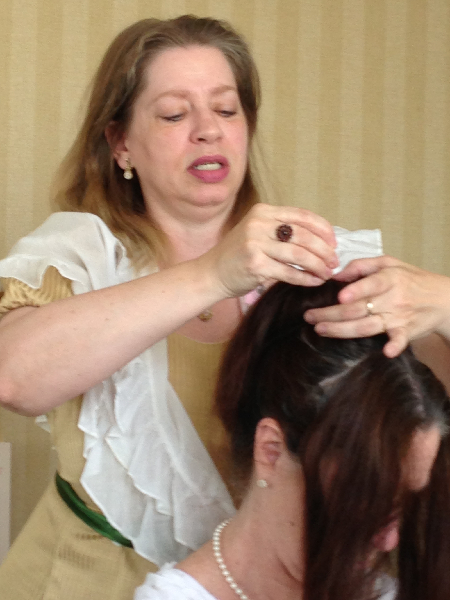
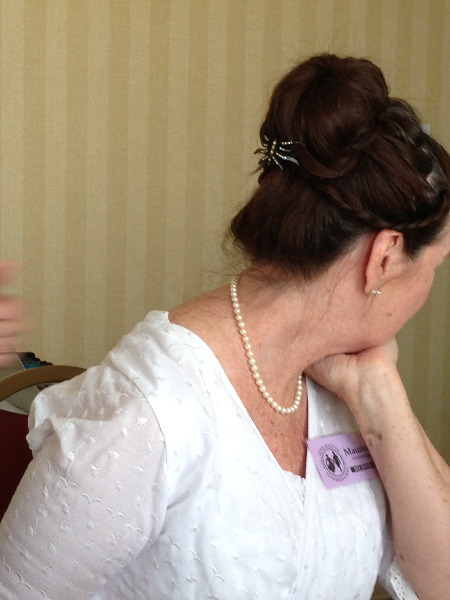
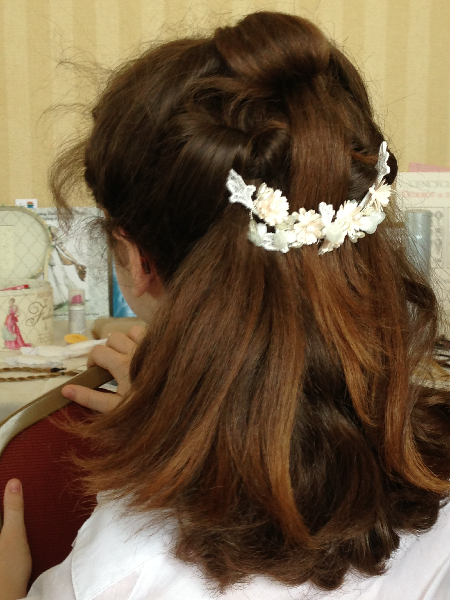
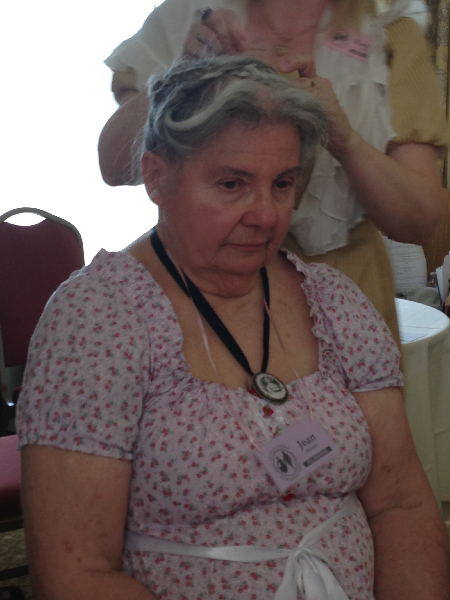
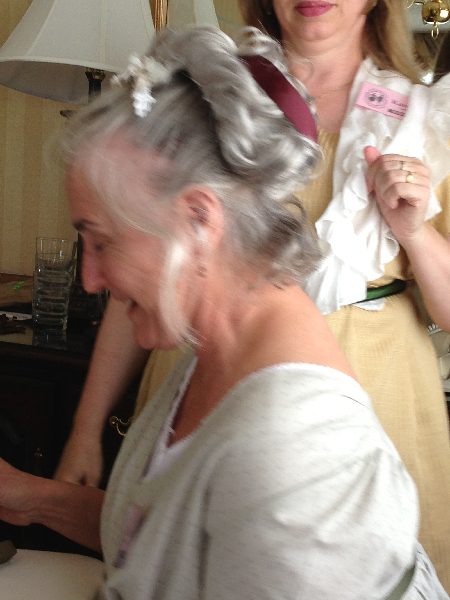
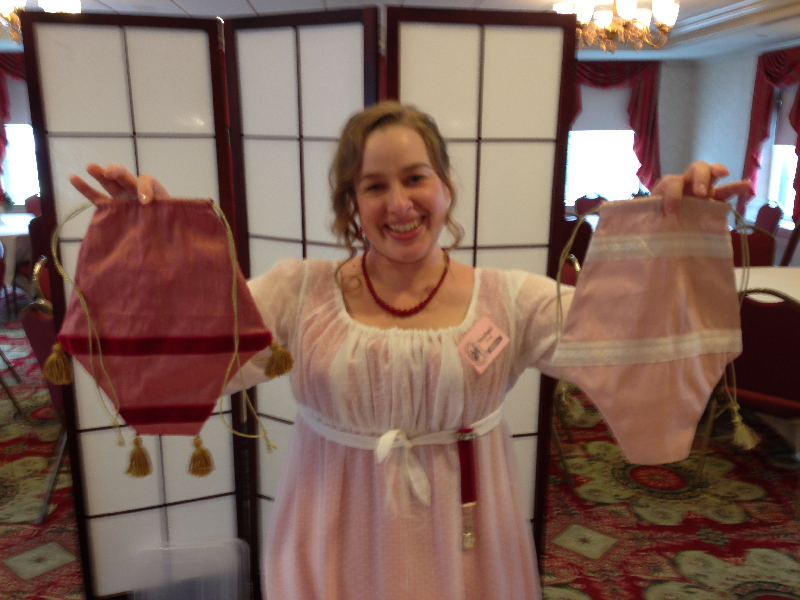
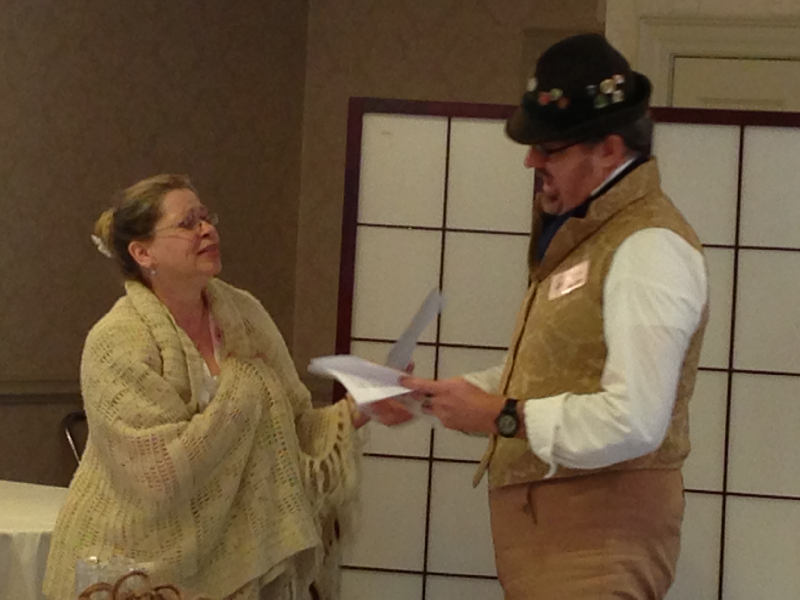
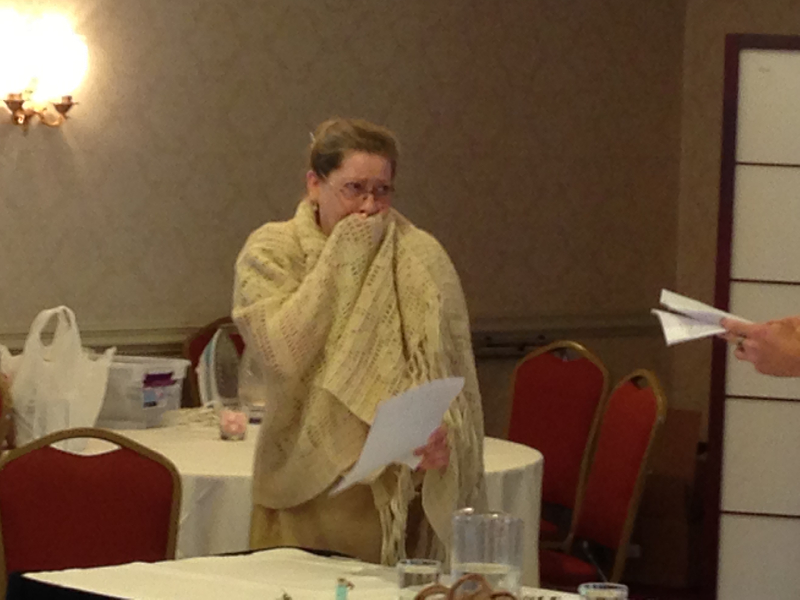

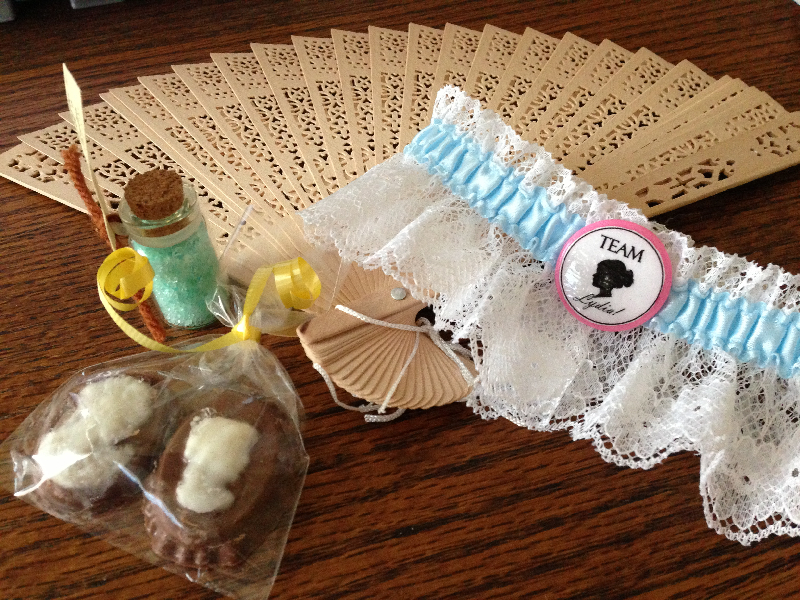

















 The quiet, a true rarity in New York restaurants, and the only decoration on the beige-gray wall a sprig of green leaves with small white, feathery buds, diminutive on the long wall reinforced the spare, Japanese aesthetic.
The quiet, a true rarity in New York restaurants, and the only decoration on the beige-gray wall a sprig of green leaves with small white, feathery buds, diminutive on the long wall reinforced the spare, Japanese aesthetic.





